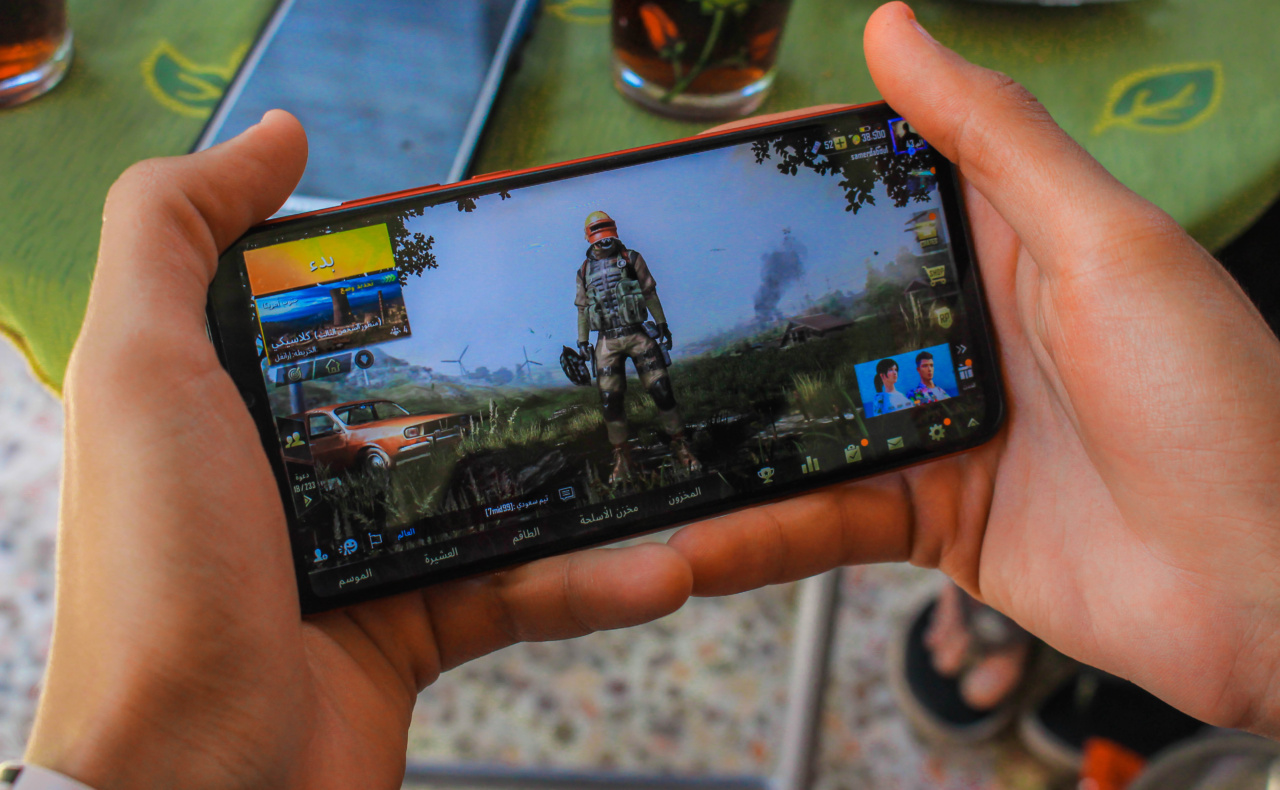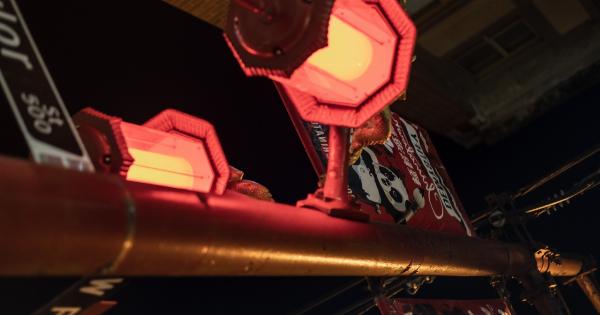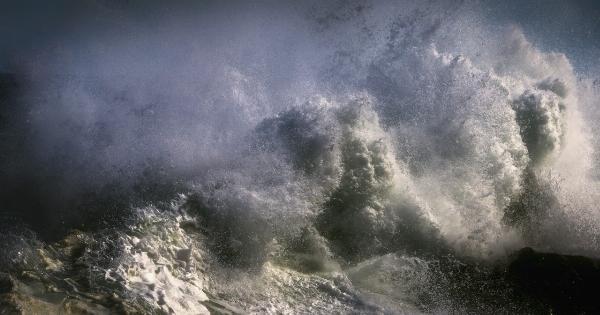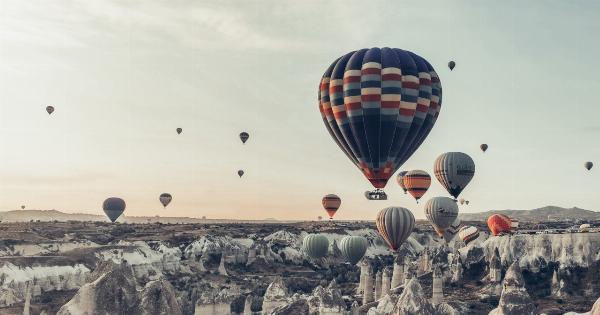Narcosis, also known as inert gas narcosis or nitrogen narcosis, is a condition that affects scuba divers who descend to great depths.
It is a state of temporary cognitive impairment, somewhat similar to the effects of alcohol intoxication, that occurs due to the increased partial pressure of nitrogen in the bloodstream at depth. While narcosis can be a potentially dangerous condition, it has also captivated the interest of scientists and photographers who have been able to capture stunning images and video of divers experiencing this phenomenon.
Understanding Narcosis
Before delving into the visual aspects of narcosis, it is important to understand its underlying cause. Nitrogen, which is the main component of air, becomes increasingly soluble in the blood as the atmospheric pressure increases.
When divers descend to depths greater than 100 feet (30 meters), the increased partial pressure of nitrogen can lead to narcosis.
The Effects of Narcosis
Narcosis can manifest in a variety of ways, but the most common symptoms include impaired judgment, altered perception of time, decreased motor skills, and euphoria.
It is often described as a dream-like state where divers may experience a sense of detachment from reality. These effects can be highly interesting to observe and document, making narcosis a subject of fascination for both underwater photographers and videographers.
Photography in the Depths
Underwater photographers have long been drawn to capturing the enigmatic nature of narcosis. The deep blue hues of the water combined with the altered state of the divers create a visually captivating scene.
Photographers often use specialized equipment, such as underwater strobes and wide-angle lenses, to capture the essence of narcosis in their images. The mesmerizing visuals can be both haunting and ethereal, allowing viewers to glimpse the underwater world through the eyes of a narcotic diver.
The Art of Videography
Videographers take the exploration of narcosis a step further by capturing moving images of divers immersed in this trance-like state.
By employing advanced camera techniques, such as slow-motion footage, close-ups, and creative editing, they are able to convey the disorienting and captivating experience of narcosis in a dynamic and immersive manner. These videos transport viewers into the depths of the ocean, providing a firsthand glimpse of the effects of this intriguing condition.
Documenting Research
In addition to their artistic value, images and videos of narcosis also play a crucial role in scientific research.
By studying the visual cues and behavior of divers under the influence of narcosis, researchers can gain insights into its physiological and psychological impacts. This visual documentation can help scientists develop strategies to mitigate the effects of narcosis, ensuring the safety of divers exploring great depths.
Challenges and Considerations
While visualizing narcosis can yield captivating results, there are several challenges and considerations that photographers and videographers must keep in mind.
The depths at which narcosis occurs can be inherently dangerous, requiring divers to have extensive training and experience. Furthermore, capturing clear and focused images or videos in low-light, high-pressure environments can be technically demanding.
It is essential to prioritize safety and adhere to proper diving protocols while attempting to document the effects of narcosis.
Artistic Interpretation vs. Scientific Accuracy
When creating visual representations of narcosis, there is a delicate balance between artistic interpretation and scientific accuracy.
While photographers and videographers may be tempted to enhance the ethereal aspects of narcosis, it is important to remain faithful to the realities of this condition. Scientific accuracy ensures that the visuals accurately portray the experience of narcosis, allowing viewers to better understand and appreciate its effects.
Pushing the Boundaries
Photographers and videographers continue to push the boundaries of visualizing narcosis, employing new techniques and technologies to capture its essence.
Underwater drones equipped with high-resolution cameras have allowed for breathtaking aerial perspectives of narcosis, providing a unique vantage point for exploration. Virtual reality and 360-degree video have also been utilized to create immersive experiences, transporting viewers into the depths and allowing them to witness narcosis firsthand.
Captivating the Audience
The captivating nature of the visuals associated with narcosis has not only intrigued diving enthusiasts but has also garnered attention from the broader public.
Documentaries and exhibitions featuring images and videos of narcosis have garnered critical acclaim, as they shed light on the hidden, mysterious world beneath the ocean’s surface. The power of visual storytelling has the ability to captivate even those who have never set foot underwater.
Conclusion
Visualizing narcosis through captivating images and videos allows us to explore and appreciate the profound effects of this temporary cognitive impairment on scuba divers.
From artistic interpretations to scientific research, the visual documentation of narcosis has provided valuable insights and mesmerizing content. By continuing to explore new techniques and technologies, photographers and videographers will undoubtedly uncover even more stunning visuals, pushing the boundaries of how we perceive and understand this intricate condition.































